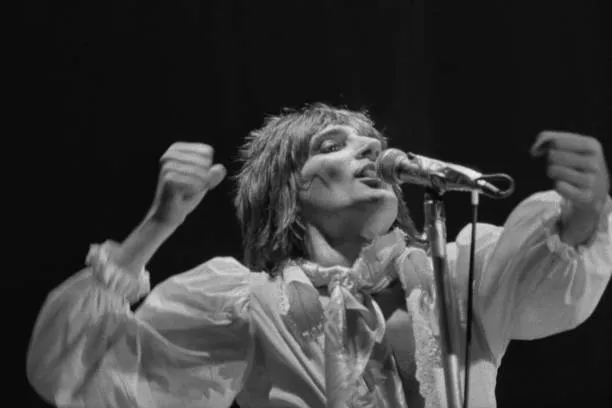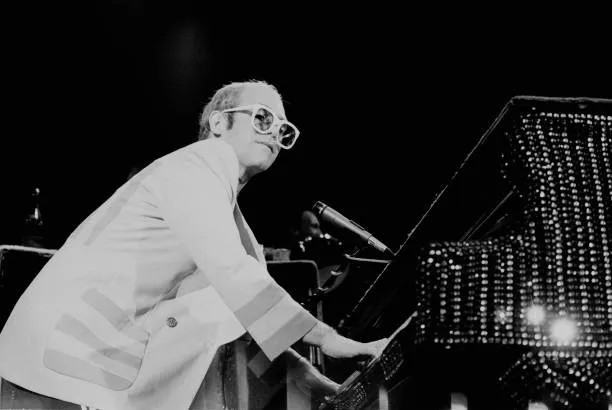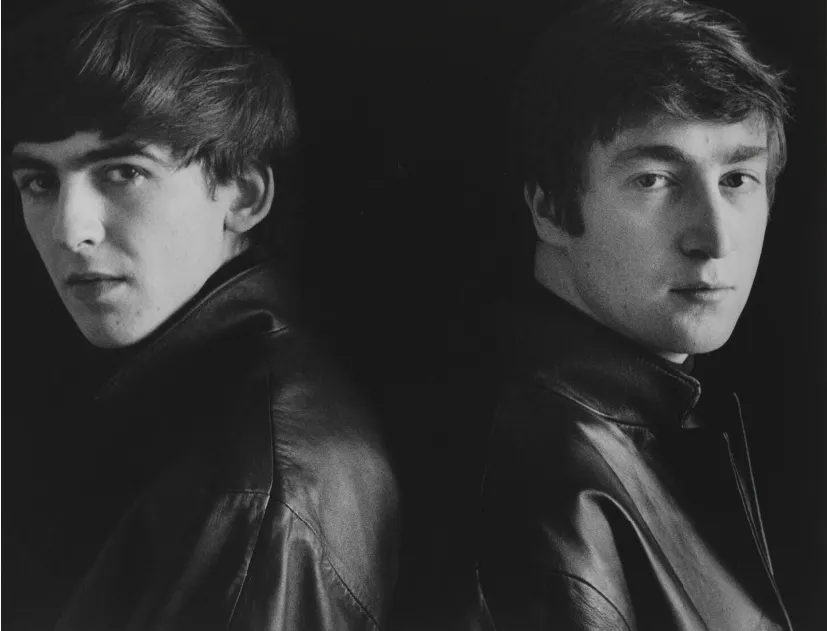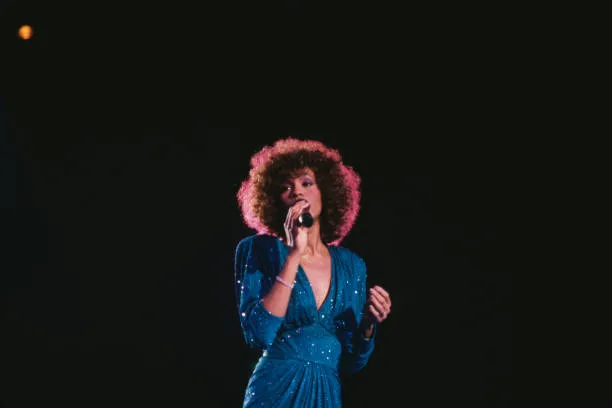There are few moments in musical history as iconic as The Beatles' rooftop concert.
Held on January 30, 1969, atop the Apple Corps headquarters at 3 Savile Row, London, this impromptu performance has become legendary, symbolizing the pinnacle and, perhaps, the swan song of the band’s storied career.
However, what makes this event even more captivating is its illicit nature—an audacious, unsanctioned burst of music that drew the attention of both fans and the Metropolitan Police.
As cameras captured every note and moment, officers Ray Dagg and Ray Shayler arrived to shut down the concert, adding a unique tension that has since become part of rock and roll lore.
The Beatles in 1969

By early 1969, The Beatles were in a state of flux. Relationships within the band were strained, and the atmosphere was one of disillusionment mixed with creative fervor.
Amidst internal disputes, the idea for a live performance emerged—a way to reconnect with their audience and perhaps rekindle some of the camaraderie that initially brought them together.
The rooftop concert was conceived as a spontaneous return to public performance, their first live show in more than two years.
It was meant as an audacious statement, a final hurrah showcasing their raw talent and unending camaraderie.
The chosen venue—Apple Corps' rooftop—added an air of defiance and excitement, setting the stage for a historic event.
The Performance: An Audacious Act
On that cold January day, the unsuspecting residents of central London were treated to an unexpected spectacle.
As The Beatles commenced their impromptu set, the streets below resonated with the opening chords of “Get Back.”
The band members—John Lennon, Paul McCartney, George Harrison, and Ringo Starr—braved the winter chill, their spirits lifted by the sheer spontaneity of the moment.
They were joined by keyboardist Billy Preston, whose presence added an extra layer of musical sophistication.
The performance included other notable songs like “Don’t Let Me Down,” “I’ve Got a Feeling,” “One After 909,” and “Dig a Pony.”
The audible excitement and enthusiasm were palpable, creating an atmosphere of unfiltered musical joy.
However, it wasn’t long before the audacious act garnered more attention than anticipated.
The Scene at 3 Savile Row

The Beatles’ performance on the rooftop of Apple Corps headquarters quickly caused a commotion.
Passersby and office workers spilled into the streets, craning their necks to catch a glimpse of the Fab Four. Pedestrians halted their routines, eyes wide in incredulity as the iconic sounds filled the air.
The cityscape of London was momentarily transformed into an open-air concert hall, the enthusiasm flowing as vibrantly as the music.
However, not everyone was enraptured by this surprise concert. Among the crowd’s praises were also grumbles of discontent from nearby businesses, whose operations were disrupted by the loud music.
Several concerned citizens alerted the authorities, leading to the arrival of Metropolitan Police officers Ray Dagg and Ray Shayler.
Police Intervention: A Tension-Filled Encounter

Officers Ray Dagg and Ray Shayler arrived to restore order, facing the monumental task of shutting down The Beatles—an iconic act known worldwide.
This moment was captured on film as part of the documentary that would later become "Let It Be," adding an unexpected layer of tension to the historic performance.
The film crews documented the entire encounter, capturing the reluctant expressions and terse exchanges between the law and the band’s representatives.
Ray Dagg, a young officer at the time, took the lead. As he navigated through the front doors of Apple Corps, his demeanor was professional yet aware of the gravity of the situation.
Dagg and Shayler were polite yet firm, insisting that the music be stopped. They were caught between upholding the law and dealing with a legendary band revered by millions.
Inside, Apple employees and the band’s associates scrambled to buy time, negotiating with the officers while the performance continued.
Representative Mal Evans implored the band members to lower the volume and ultimately cease the performance to avoid arrest.
The Climax: Music Meets Law

As the officers made their way to the rooftop, the concert reached its most climactic and poignant.
From atop the building, Lennon famously quipped, “You’ve been playing on the roofs again, and you know your Momma doesn’t like it, she’s gonna have you arrested!” Lennon’s witty remark encapsulated the rebellious spirit of The Beatles, a band that had always defied convention.
Finally, the sheer presence of the police forced the band's hand. The sound engineer was instructed to pull the plug, and the microphones fell silent.
The concert concluded with McCartney’s spirited “Get Back,” interspersed with Lennon’s final, defiant proclamation: "I’d like to say thank you on behalf of the group and ourselves, and I hope we passed the audition.”
This iconic closing statement resonated as a farewell, cementing the performance’s legendary status.
Legacy and Impact

The Beatles’ rooftop concert was more than just a public performance; it was a piece of living history, marking the end of an era.
It offered a raw and unfiltered glimpse into a band on the brink of dissolution yet capable of producing magic.
The tension between the police officers and the musicians added a dramatic flair, making the performance even more unforgettable.
For officers Ray Dagg and Ray Shayler, the day became an indelible part of their legacy.
Their calm, professional handling of the situation in the face of overwhelming historical significance has been immortalized alongside the music.
When reflecting on the incident, Dagg later expressed a sense of duty tempered with an understanding of the event’s broader cultural context.
The rooftop concert has since inspired countless musicians and rock aficionados, serving as a symbol of the unyielding spirit of creativity.
Beyond the music, it highlighted The Beatles' ability to connect with their audience authentically and spontaneously, a trait that remains a benchmark for artists worldwide.
The Documentary: Capturing the Moment

Michael Lindsay-Hogg's "Let It Be" documentary played a crucial role in memorializing the rooftop concert.
The film captures the essence of The Beatles’ group dynamic, the tension and camaraderie, and the unfiltered brilliance of their music.
The footage of officers Dagg and Shayler adds a slice-of-life element that underscores the real-world implications of such a bold act of defiance.
In 2021, Peter Jackson’s "The Beatles: Get Back" further delved into these moments, providing a more comprehensive view of the events leading up to and including the iconic rooftop concert.
The new documentary re-contextualized the performance, highlighting unseen footage and conversations, giving fans a deeper understanding of the band’s trials and triumphs.
The Beatles' rooftop concert is a chapter in music history that continues to resonate through the ages.
With its spontaneous charm, audacious spirit, and the eventual intervention of police officers Ray Dagg and Ray Shayler, it encapsulates a pivotal moment when music, law, and public sentiment collided.
This rooftop performance reminds us that art often thrives on the edges of conformity, and that sometimes, the most memorable acts occur when boundaries are tested.
For The Beatles, the rooftop concert was both a return to their roots and a fond farewell, leaving an indelible mark on the cultural landscape.
It was a day when music soared above the ordinary, echoing down the streets of London, and ultimately, through the corridors of history.



